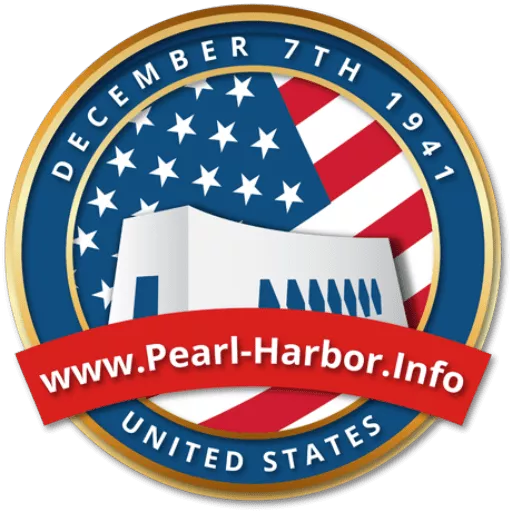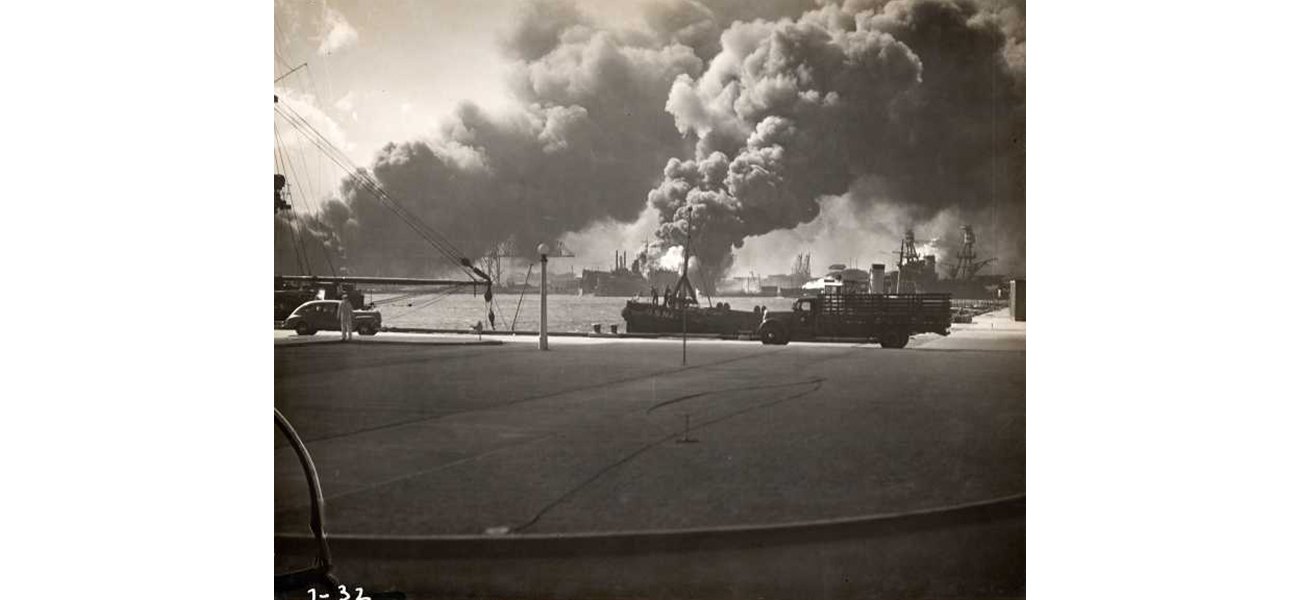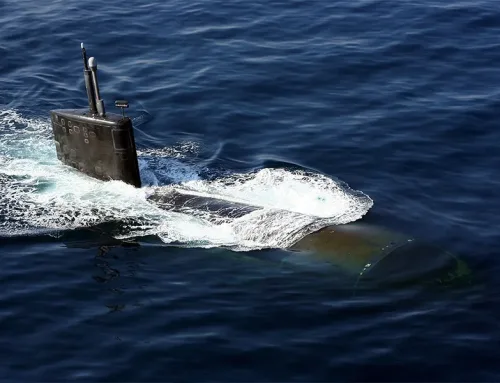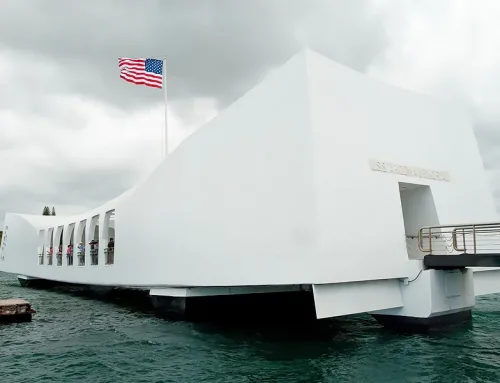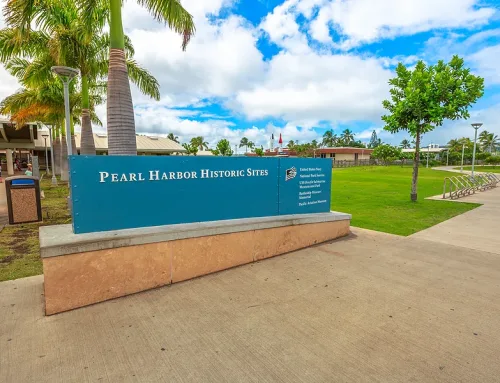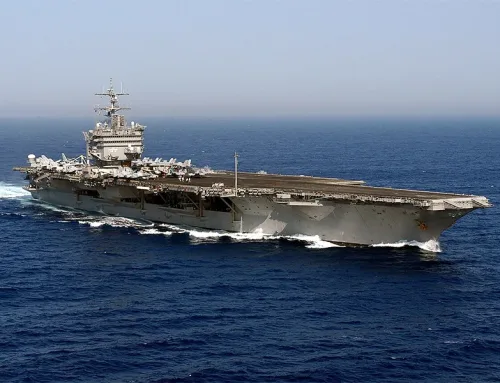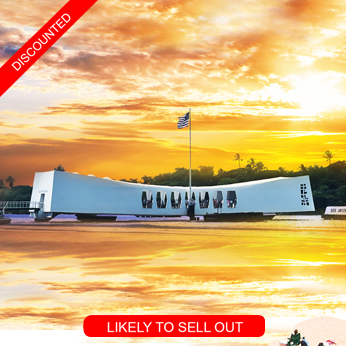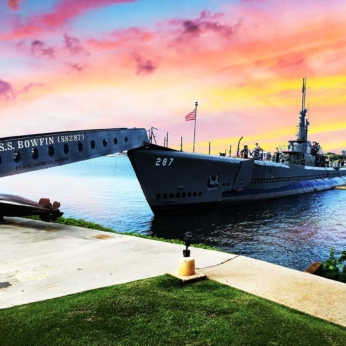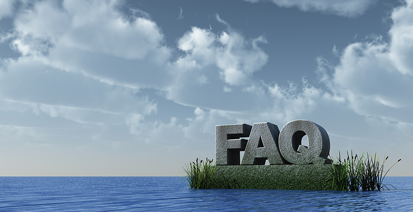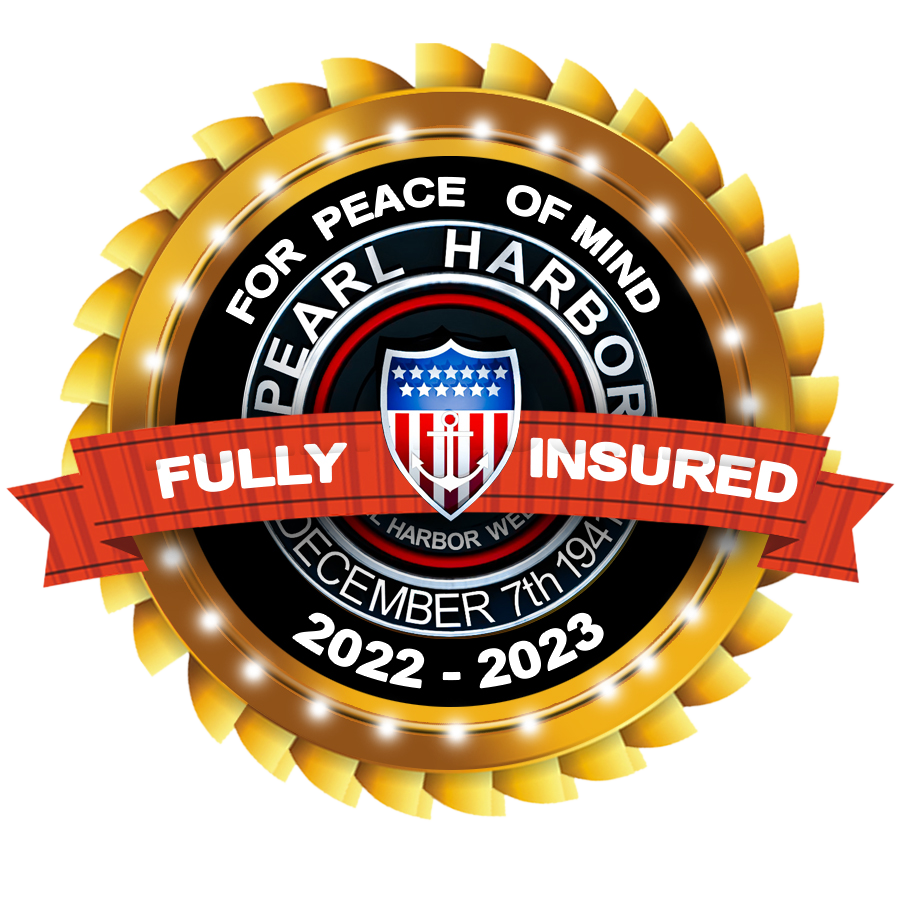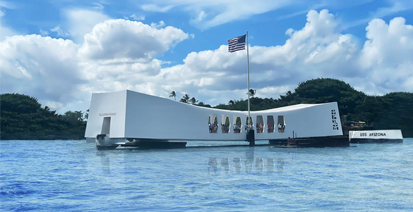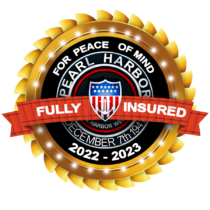Why Didn’t Japan Finish Off Pearl Harbor?
User:Makthorpe, Public domain, via Wikimedia Commons
December 7, 1941, a date which will live in infamy, marked the surprise attack on Pearl Harbor by the Imperial Japanese Navy Air Service. This event led the United States to enter World War II, changing the course of history. But why didn’t Japan finish off Pearl Harbor when they had the chance?
Because Japan had limited resources and their primary objective was to incapacitate the U.S. Pacific Fleet, thereby ensuring unchallenged Japanese dominance in the Pacific for the foreseeable future. By achieving a crippling blow, Japan hoped to demoralize the United States and force it into a negotiated peace, allowing Japan to consolidate its gains in Asia.
The attack commenced early in the morning, taking the U.S. Pacific Fleet by surprise. Over 350 Japanese aircraft struck in two waves, targeting battleships, airfields, and other military installations. The assault resulted in significant damage: eight battleships were damaged or sunk, over 180 aircraft were destroyed, and more than 2,400 Americans were killed. The second wave of attack was canceled, leaving some targets untouched.
Despite the initial success, several critical targets were left unscathed. The attack did not destroy American aircraft carriers, which were out at sea during the assault. Additionally, fuel storage depots, repair facilities, and submarine bases remained intact. These oversights allowed the U.S. to recover more rapidly than Japan anticipated, signaling missed opportunities for Japan to cripple the U.S. Pacific Fleet completely.
Japan faced significant resource constraints and logistical challenges. The decision to withdraw after the initial strikes was influenced by concerns over potential losses and the need to conserve strength for future operations. Despite Japan’s meticulous planning, its military limitations, including resource constraints and logistical challenges, impacted the scope and duration of the attack on Pearl Harbor.
The absence of the U.S. aircraft carriers was a pivotal factor. These vessels became the backbone of the Pacific Fleet, playing a crucial role in subsequent battles. Had the carriers been present and destroyed, Japan’s strategic advantage could have been far more significant. The strategic importance of U.S. aircraft carriers underscored their absence as a missed opportunity for Japan to achieve a more decisive victory at Pearl Harbor.
Within the Japanese command, there were differing views on the attack’s execution. Admiral Isoroku Yamamoto, the mastermind behind the operation, was aware of the risks and limitations. Some commanders advocated for additional strikes to maximize damage, but the prevailing consensus favored a withdrawal after the primary objectives were achieved. The analysis of Japanese naval command highlights divergent opinions and strategic decisions that influenced the outcome of the attack on Pearl Harbor.
The Pearl Harbor attack offers several strategic lessons. The importance of intelligence, the need for comprehensive operational planning, and the significance of decisive leadership are all underscored by this event. Modern military strategists continue to study Pearl Harbor for insights into surprise attacks and resource allocation. Analyzing the attack on Pearl Harbor provides valuable lessons for understanding historical military decisions and their implications for modern military strategy.
The decision not to finish off Pearl Harbor was influenced by a mix of strategic calculations, logistical limitations, and resource constraints. While the attack achieved its immediate goals, the long-term consequences proved detrimental to Japan’s war efforts. Pearl Harbor remains a powerful reminder of the complexities and unintended consequences of military strategy.
Most Popular Oahu Tours
Best Pearl Harbor Tours

The following tours are recognized as the most popular Pearl Harbor Tours on Oahu. While generally, our price is the lowest in the market now, for a limited time, they are on sale too. Please be advised that Pearl Harbor tickets and USS Arizona Memorial tickets are included in all of our Arizona Memorial Tours, Pearl Harbor small group tours, and private Pearl Harbor tours.
